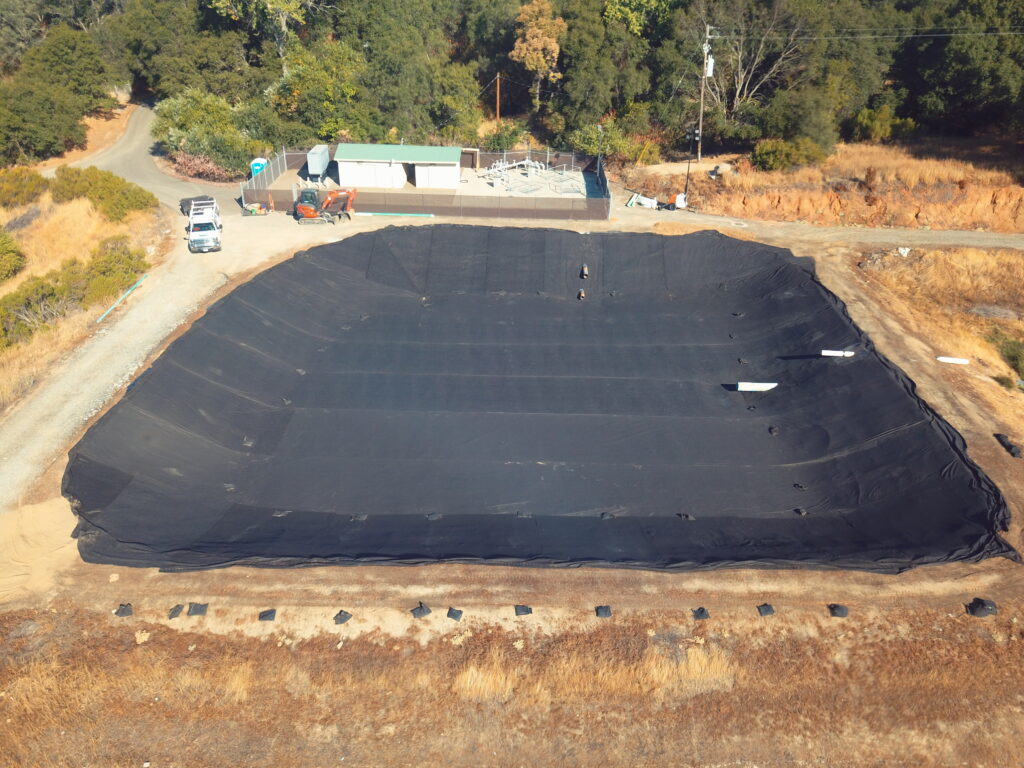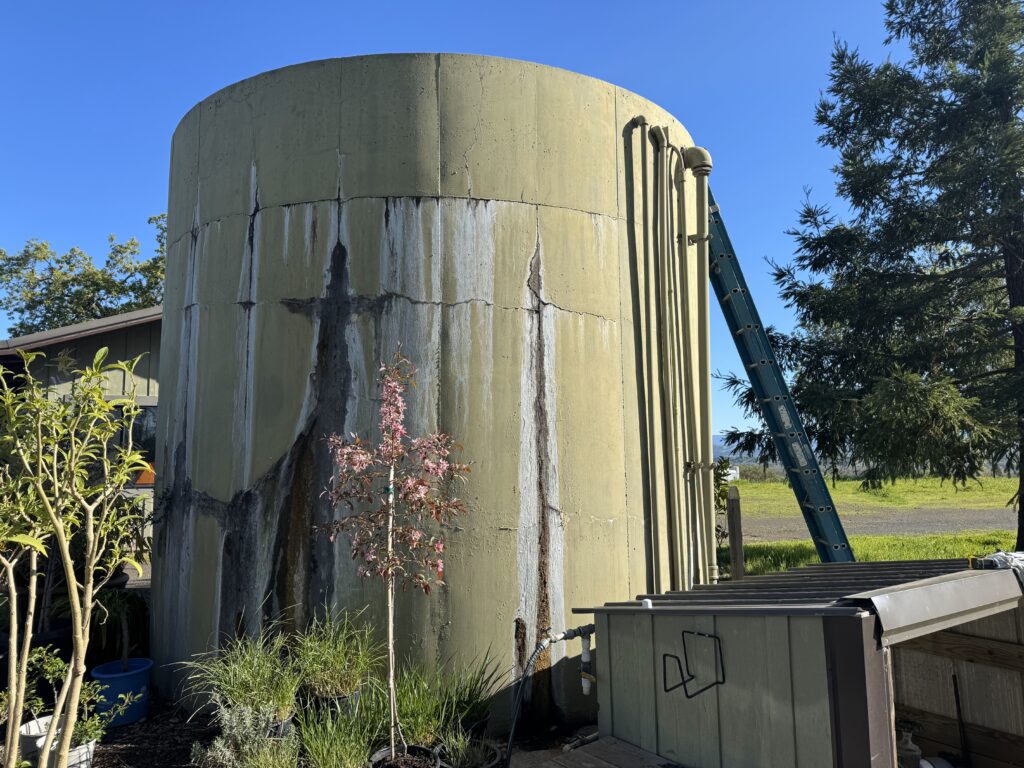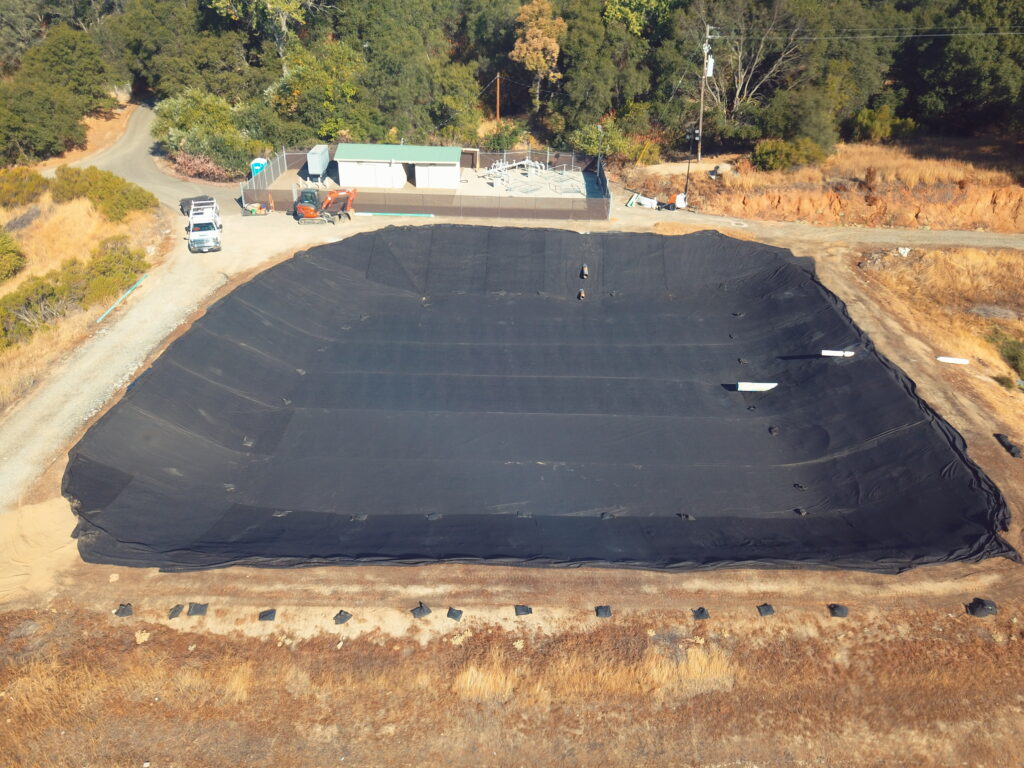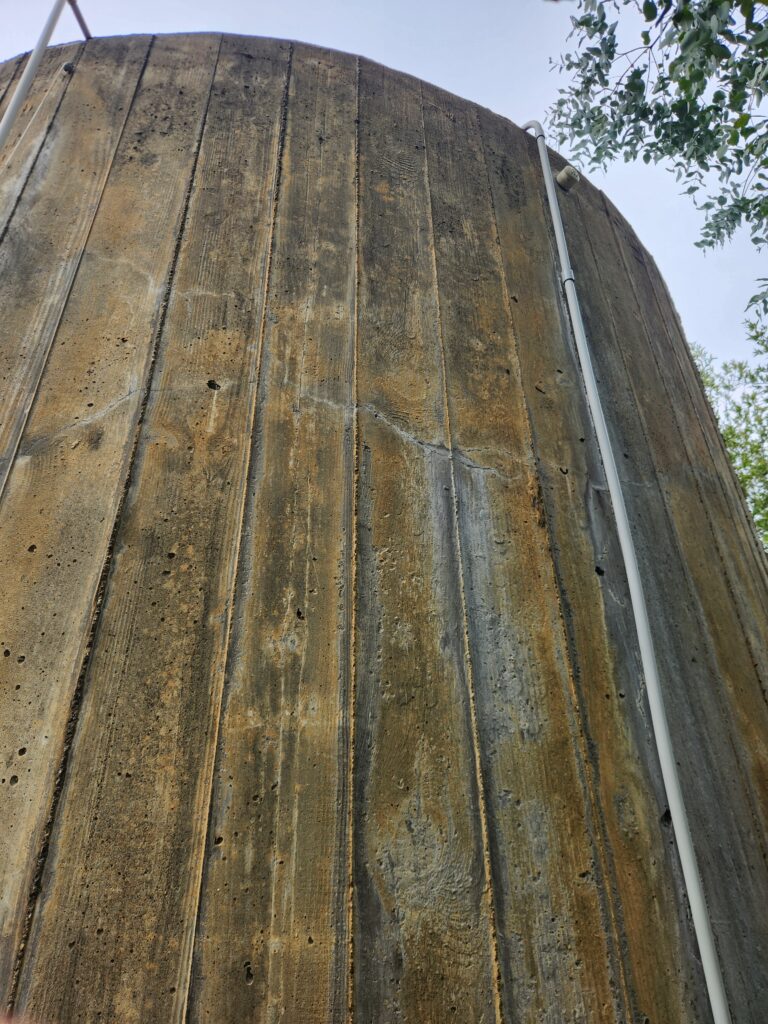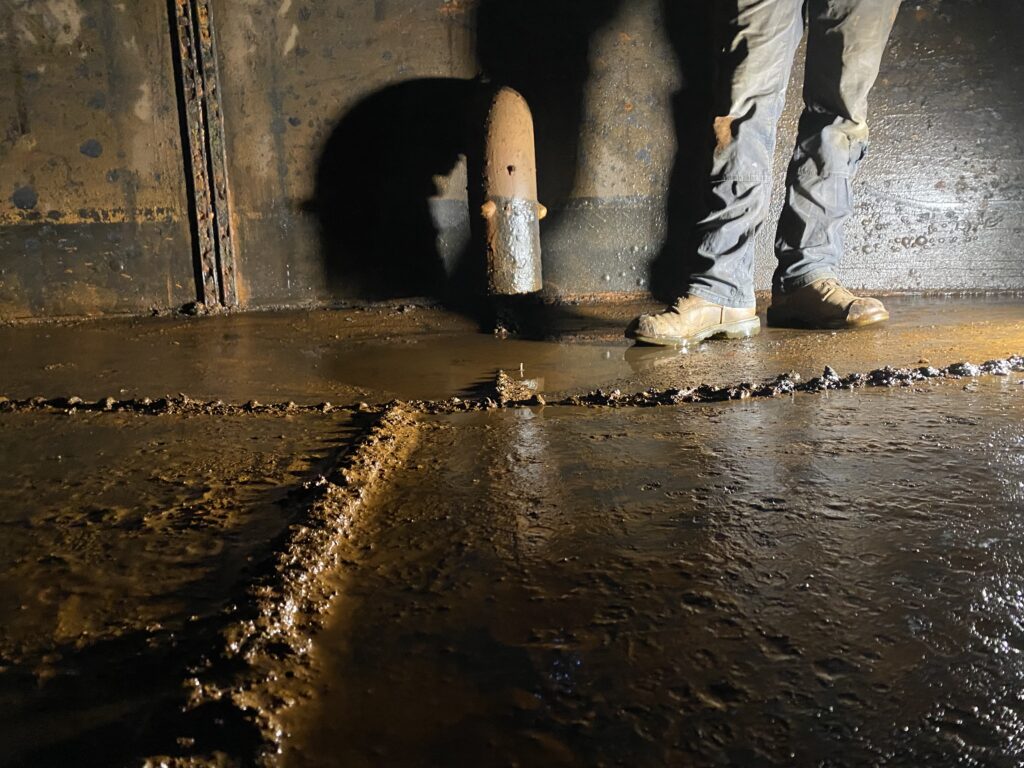
Carson Liners’ Complete Maintenance Guide
Water storage tanks are critical infrastructure — whether for homes, farms, or commercial systems. However, over time, even well-built tanks and those with commercial-grade liners can compromise water quality and system integrity if left unchecked. At Carson Liners, we’ve built decades of experience specializing in water tank health: liners, repair, long-term maintenance, and cleaning. When you partner with Carson Liners, you don’t just get service, you get assurance that your water system is in expert hands. This guide explores why rigorous tank care is non-negotiable.
Why Tank Cleaning is Crucial
Keeping your water tank clean isn’t just about appearances; it’s about protecting your health, your wallet, and your peace of mind. Clear water doesn’t always mean safe water. Hidden issues can be building up inside long before you notice anything’s wrong. At Carson Liners, we understand that caring for a water tank is about more than just routine upkeep; it’s about protecting something essential through water tank maintenance. Over the years, we’ve learned that even minor issues, if left unresolved, can grow into costly or disruptive problems. Our role is to apply that experience to help customers identify challenges early, keep their systems running smoothly, and give them confidence that their water supply is being cared for with expertise.
Hidden Contaminants & Sediment Accumulation in Water Tank Maintenance
Over time, particles, minerals, organic matter, and debris settle to the bottom of storage tanks. This sediment not only reduces usable volume but also serves as a base layer for microbial growth, contributes to turbidity (cloudiness), and can clog outlet pipes or strain pumps.
Without periodic cleaning, these residues accumulate. According to extension guidance from New Mexico State University, “even when water in a tank is renewed through outflow/inflow cycles, contaminants will remain behind to degrade existing stored quantities.” Once sediment takes hold, it creates a chain reaction of problems that are harder and more expensive to fix down the road. By addressing buildup early, you can help keep your tank operating at full capacity, your water clear and safe, and your system free from the extra strain that sediment causes.
Algae, Biofilm & Microbial Growth in Water Tank Maintenance
In California, where long stretches of sunshine and warm weather are the norm, water tanks are especially vulnerable to algae and biofilm growth. High temperatures speed up microbial activity, while drought conditions often mean water sits longer in storage, creating the kind of stagnant zones where algae thrive. Add in the intense UV exposure that tanks face in the California climate, and you’ve got the perfect recipe for taste, odor, and safety issues.
That’s why Carson Liners places such importance on regular disinfection and proactive maintenance. We follow proven industry standards like AWWA C652, which outline how chlorine and other disinfectants must be applied and monitored in potable water systems. By pairing these nationally-recognized protocols with solutions designed for California’s unique climate challenges, we help keep stored water safe, clean, and ready to use no matter how hot or dry the season gets.
Material Corrosion, Cracks & Leaks in Water Tank Maintenance
Keeping the inside of a tank clean is only part of the equation — the structure itself also plays a direct role in protecting what’s stored within. If the tank walls begin to crack, corrode, or leak, contaminants from the outside can make their way in, and the water you’ve worked hard to keep clean is no longer safe. That’s why it’s just as important to guard the integrity of the tank as it is to manage the quality of the water inside.
Learn more about how water tank liners solve tank issues.
Insect Intrusion & Fixture Failures in Water Tank Maintenance
Small openings, damaged lids, worn seals, or missing vents invite insects, debris, or rodents. Once inside, these can spoil water quality or lead to contamination. Moreover, valves, gauges, and pipe fittings may degrade and need repair or replacement to maintain proper system performance.
Regulatory & Health Considerations in Water Tank Maintenance
If your water is being used for drinking or is part of a regulated public system, there are clear standards in place to make sure it stays safe. Under the Safe Drinking Water Act (SDWA), utilities are expected to meet strict requirements, and for good reason — clean water is essential to health and community well-being. To help operators stay on track, the U.S. EPA even provides a practical checklist for finished water storage tanks. This resource covers everything from structural integrity and drainage to overflow design and disinfection, ensuring that every part of the system is working to keep stored water safe.
Professional Tank Cleaning & Sanitization
In many water systems, keeping the tank truly clean requires more than just a quick rinse. As part of regular water tank maintenance, it’s a step-by-step process that involves draining the tank, safely removing built-up sludge, scrubbing away residue, disinfecting with approved solutions, and rinsing thoroughly. Once the cleaning process is complete, the water system operator typically conducts any necessary testing before the tank is placed back into service.
That’s the level of care we believe every tank deserves. While our specialty at Carson Liners is in designing and installing high-quality liners, we know that liners and cleaning often go hand-in-hand. A liner will only perform its best if the environment around it is clean and well-maintained. That’s why, in many cases, we’re able to coordinate or support these full cleaning and sanitization services alongside our liner work. Our goal is simple: to make sure what’s stored inside your tank stays safe, reliable, and ready for use.
When you choose Carson Liners, you’re not just hiring a vendor; you’re partnering with technical experts whose mission is to ensure your water system remains safe, efficient, and durable.
For more information on water tank cleaning, speak to one of our experts. Fill out the form below or email us at sales@carsonliners.com.

